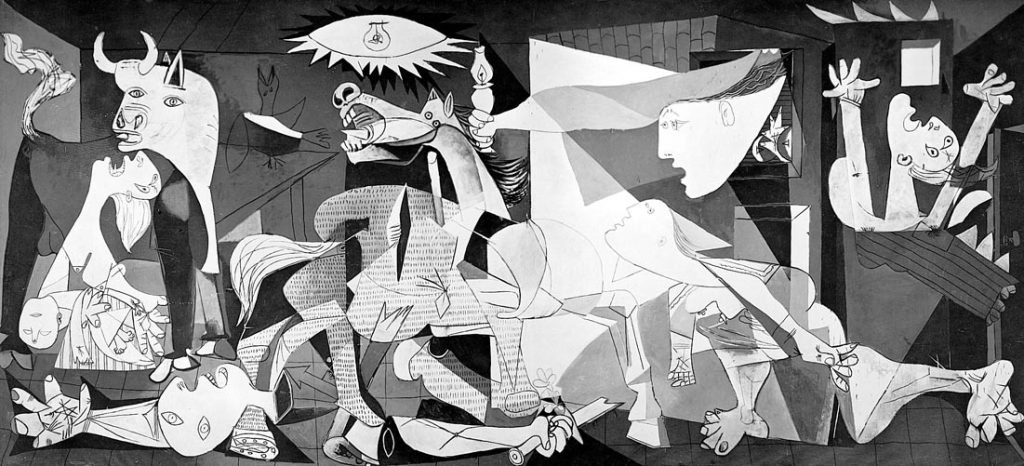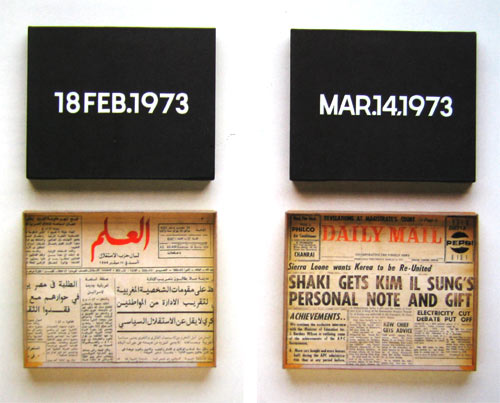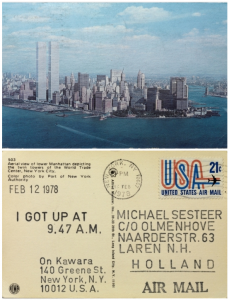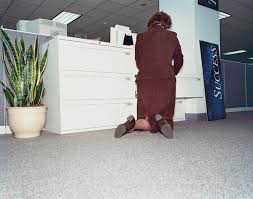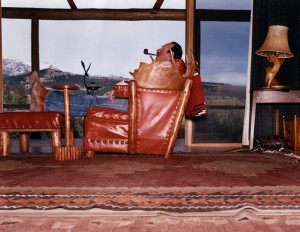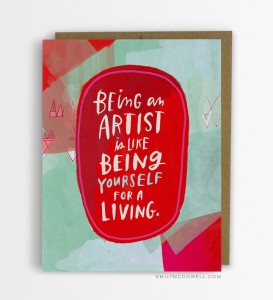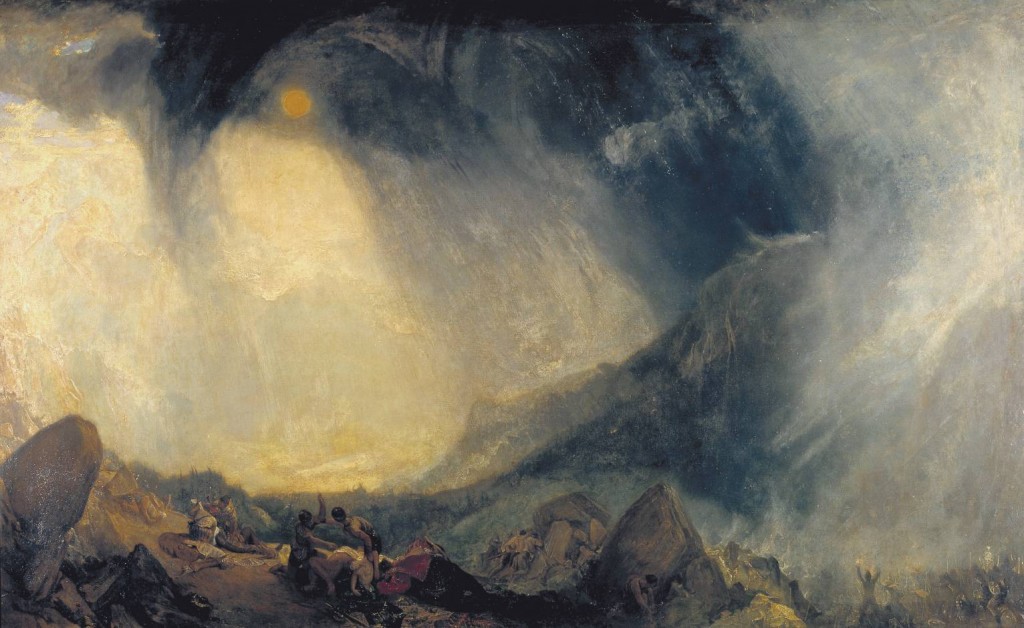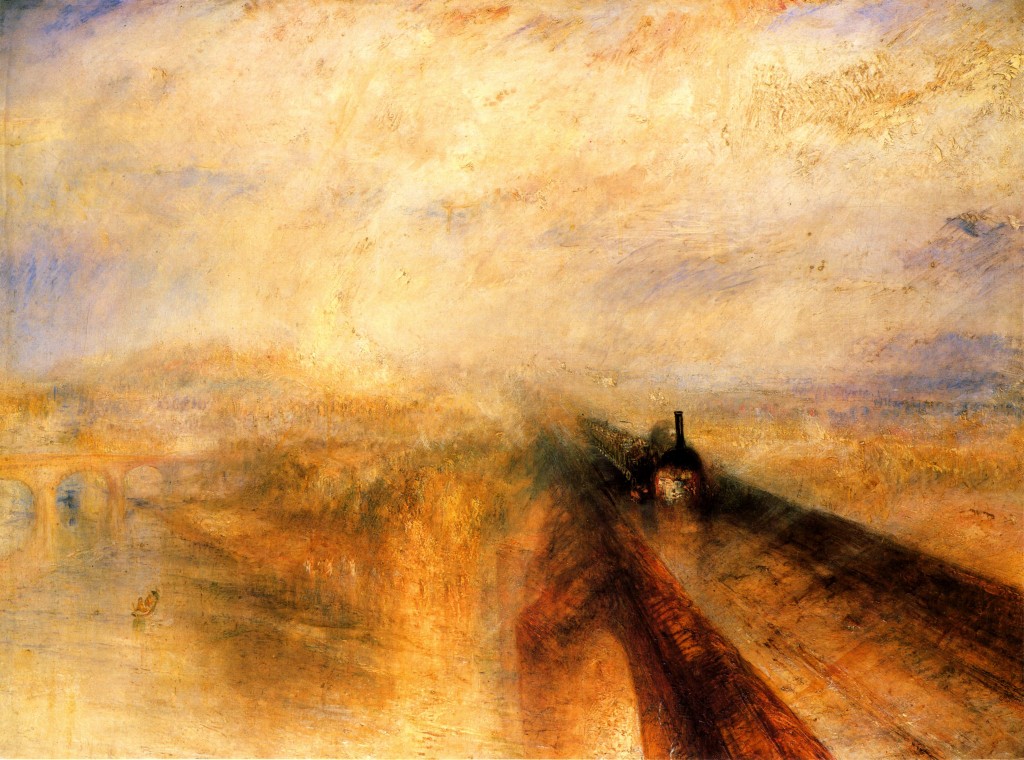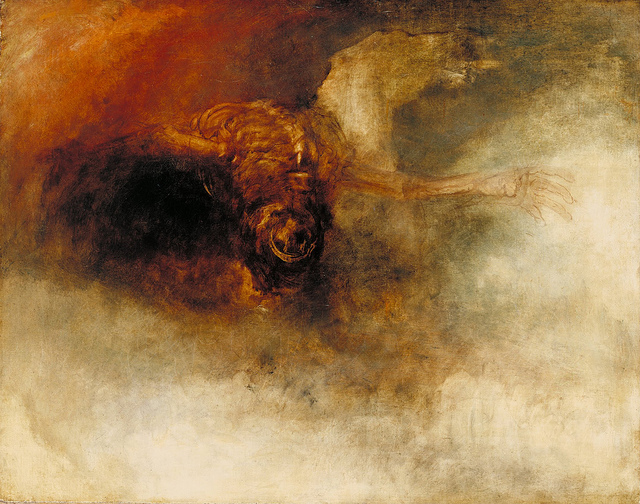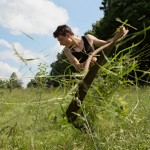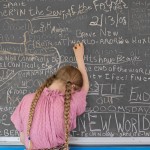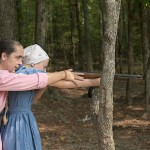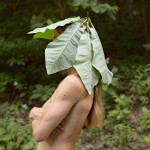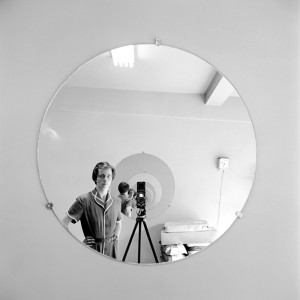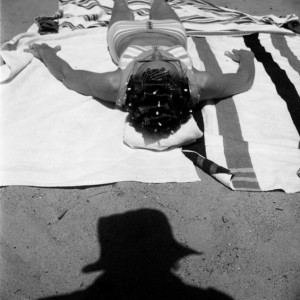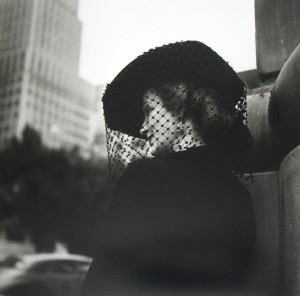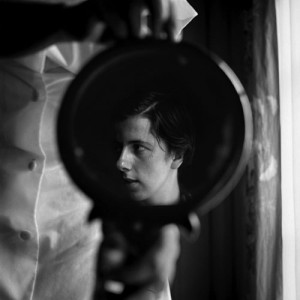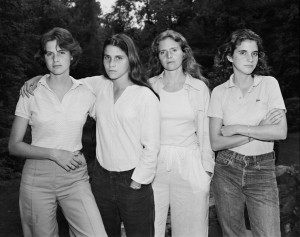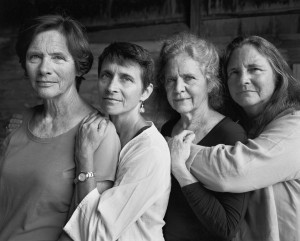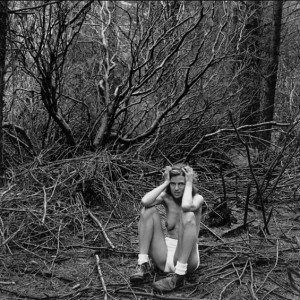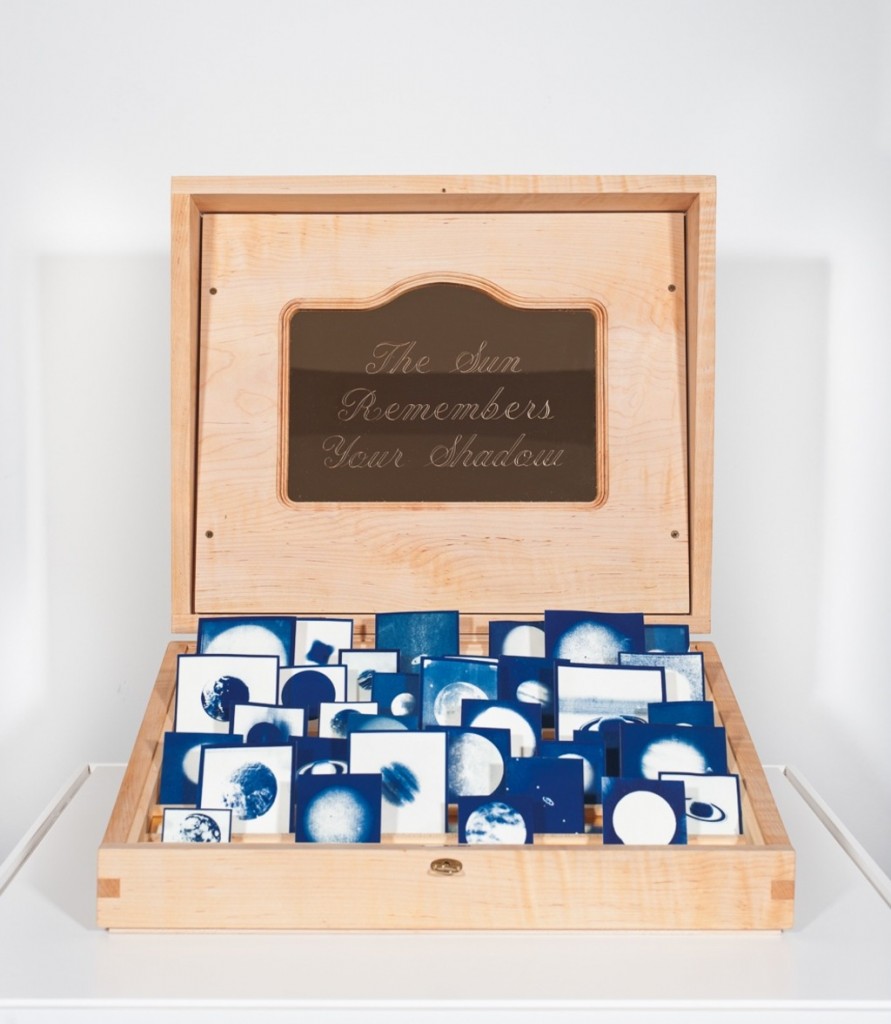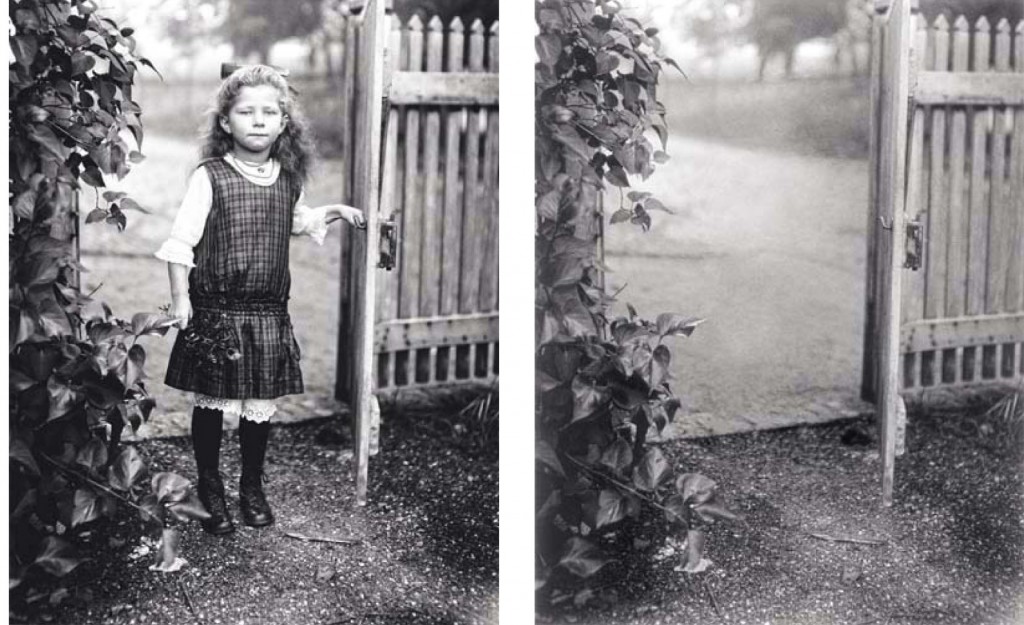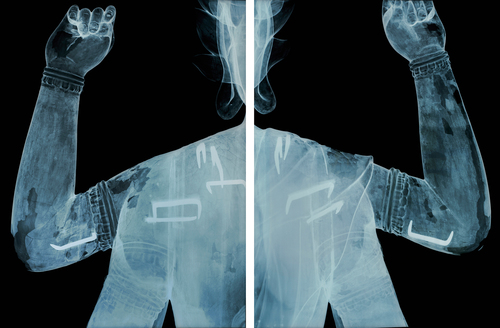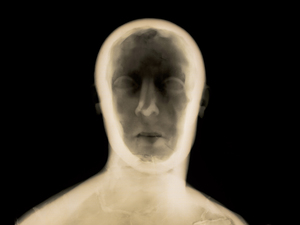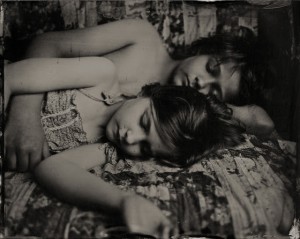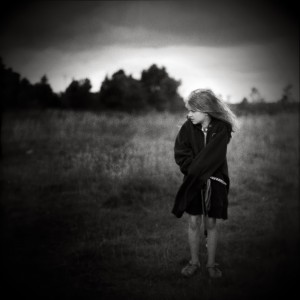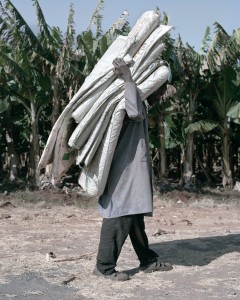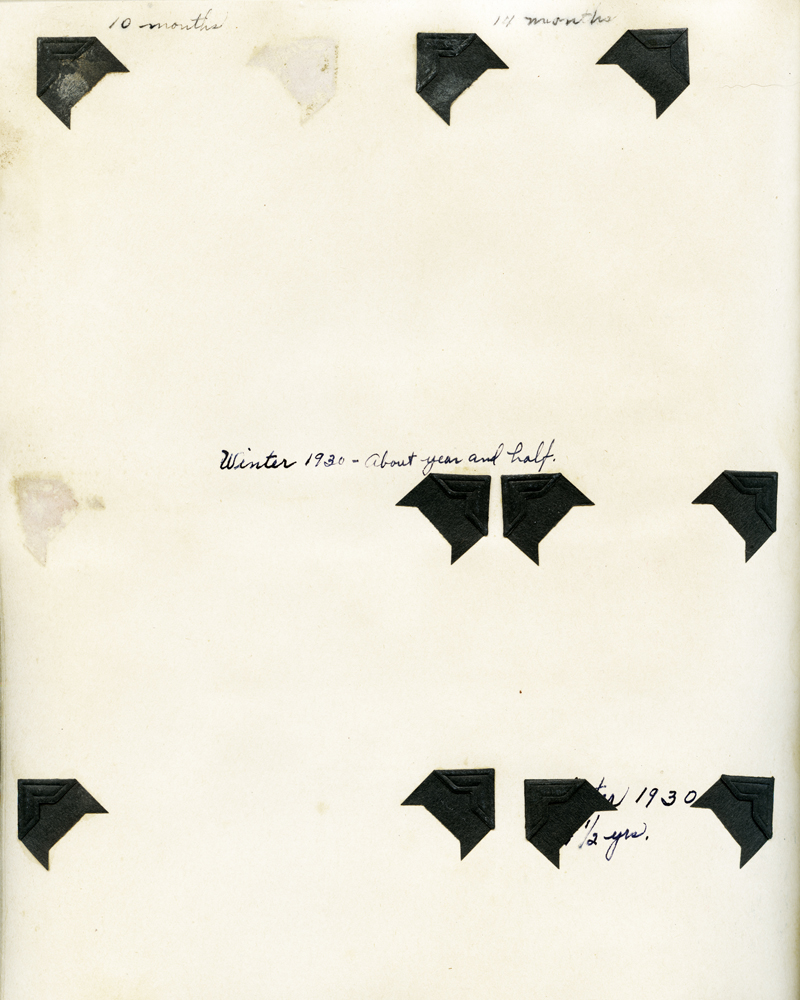I was fortunate to have been able to visit Amsterdam, Netherlands, recently, where I saw an unbelievable amount of art. But the first place I visited after arriving was FOAM, the city's museum of contemporary photography. I discovered that three new shows had opened there only a few days before, and one of them was work by Hiroshi Sugimoto. I have been familiar with Sugimoto's work for a long time, but had never had the pleasure of seeing it in person. The experience left me literally speechless, and I know that I will never be able to put into words what it was like.
In summary, the show consisted of pictures from 5 different series that Sugimoto has created over the course of the past few decades. Each series was represented by 5-7 photographs, which was enough to give the viewer an idea of the concept of each. Each series was in its own room so that the viewer could take the work in without it competing with other pictures. Although the size of the prints varied, they were all relatively large. I would guess that the smallest was @ 3ft. by 4 ft. All were framed, covered in non-glare glass, were lit beautifully, and hung on medium-to-dark gray walls.
The effect was mesmerizing. Sugimoto is a technical master, something that is becoming rare in today's photographic world. But his technical mastery is always in the service of the ideas he has, and these ideas include some of the most basic that photographers can ask (What is the nature of light? How can it be controlled- or not?) as well as some that go far beyond what a lens can record (What is the nature of time?) His approach to photography is spiritual in nature, which is underscored in this interview.
In each series, Sugimoto had me wondering if what I was looking at was real- but "real" in what sense of the word? It didn't matter if what he photographed was a seascape, electric sparks, wax figures, or museum dioramas. I could look at his pictures for endless hours and always find something new in them, as they cause me to ask questions about what I am seeing. The beauty of it is that I come up with different answers each time.
Seeing his work was sublime, spiritual, mesmerizing. His work is about so much more that the actual objects being photographed. If you ever find yourself near a gallery or museum with his work in it, do not miss it.





